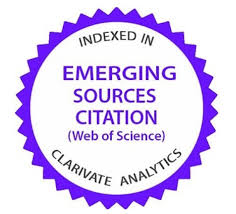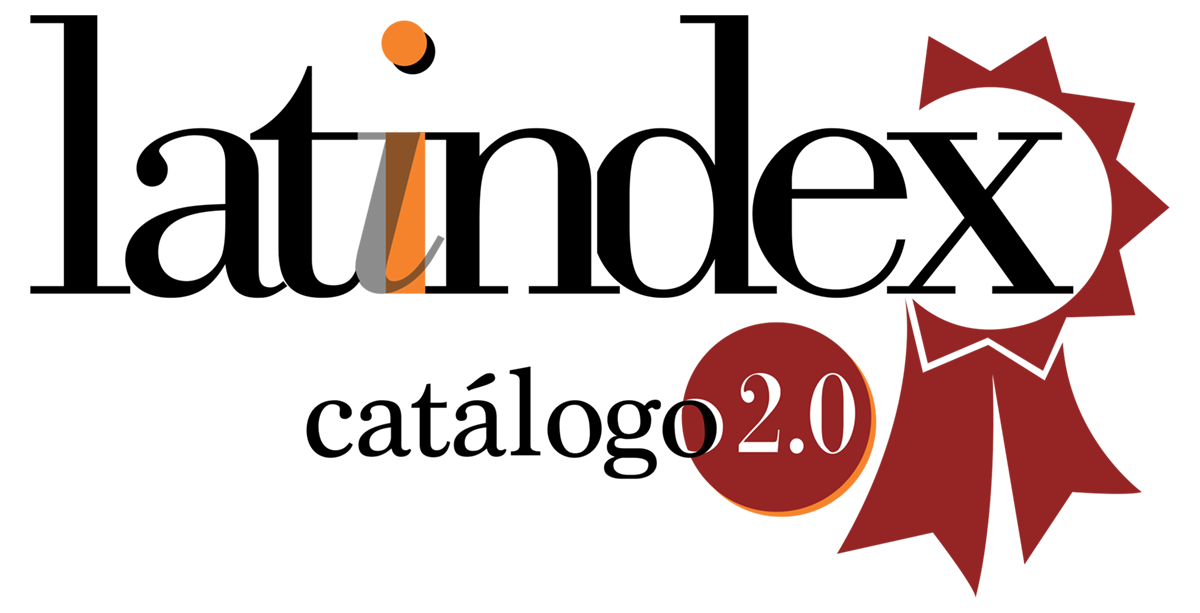Introduction
Human Trafficking: Challenges and Opportunities for the 21st Century
DOI:
https://doi.org/10.35295/osls.iisl/0000-0000-0000-0927Keywords:
Human trafficking, victim-centred approach, partnerships, outcomesAbstract
The Introduction begins with an outline of what human trafficking entails and the international and regional legal regime as it currently stands. It contends that human trafficking occurs across the globe, requiring international, regional and local responses that incorporate different actors, both state and non-state. The ten contributions in the special issue deal with some of the most common forms of human trafficking, including forced labour, sexual exploitation and child trafficking. The Introduction also outlines that there are many forms of human trafficking that are not as well-known but that, nevertheless, also require legal and policy responses. Some country good practice examples are provided. The Introduction also includes legal and policy proposals as agreed upon at both workshops.
Downloads
Metrics
Global Statistics ℹ️
|
969
Views
|
1142
Downloads
|
|
2111
Total
|
|
References
Allain, J., ed., 2012. The Legal Understanding of Slavery. From the Historical to the Contemporary. Oxford University Press. DOI: https://doi.org/10.1093/acprof:oso/9780199660469.001.0001
Annison, R., 2013. Hidden in Plain Sight. Three years on: updated analysis of UK measures to protect trafficked persons [online]. London: Anti-Trafficking Monitoring Group. Available from: http://www.antislavery.org/wp-content/uploads/2017/01/hidden_in_plain_sight.pdf [Accessed 17 February 2016].
Ashworth, A., and Zedner, L., 2014. Preventive Justice. Oxford University Press, Oxford Monographs on Criminal Law and Justice. DOI: https://doi.org/10.1093/acprof:oso/9780198712527.001.0001
Bruckmueller, K,. and Schumann, S., 2012. Crime control versus social work approaches in the context of the “3P” paradigm. In: J. Winterdyk, B. Perrin and P. Reichel, eds., Human Trafficking: Exploring the International Nature, Concerns, and Complexities. Boca Raton, FL: CRC Press, 103–127.
Council of Europe, 2005. Convention on Action against Trafficking in Human Beings. Council of Europe Treaty Series - No. 197 [online]. Warsaw, Poland, 16 May. Available from: https://www.coe.int/en/web/conventions/full-list/-/conventions/treaty/197 [Accessed 30 November 2017].
European Parliament and Council of the European Union, 2011. Directive 2011/36/EU of 5 April on preventing and combating trafficking in human beings and protecting its victims, and replacing Council Framework Decision 2002/629/JHA [also referred to as EU Anti-Trafficking Directive]. Official Journal of the European Union [online], 15 April, L 101/1. Available from: http://eur-lex.europa.eu/LexUriServ/LexUriServ.do?uri=OJ:L:2011:101:0001:0011:EN:PDF [Accessed 3 January 2018].
European Union Agency for Fundamental Rights, 2009. Child Trafficking in the EU. Challenges, perspectives and good practices. Luxembourg: Office for Official Publications of the European Communities. July.
Gallagher, A.T., 2001. Human rights and the new UN protocols on trafficking and migrant smuggling: A preliminary analysis. Human Rights Quarterly [online], 23, 975–1004. Available from: https://ssrn.com/abstract=1409831 [Accessed 30 November 2017]. DOI: https://doi.org/10.1353/hrq.2001.0049
Jones, J., 2017. Preventing Human Trafficking for Sexual Exploitation: Ending Demand. In: John A. Winterdyk, ed., Crime Prevention – International Issues and Perspectives. Boca Raton, FL: CRC Press, 147-178. DOI: https://doi.org/10.1201/9781315314211-7
Kaye, J., and Winterdyk, J., 2012. Explaining human trafficking. In: J. Winterdyk, B. Perrin and P. Reichel, eds., Human Trafficking: Exploring the International Nature, Concerns, and Complexities. Boca Raton, FL: CRC Press, 57–78. DOI: https://doi.org/10.1201/b11555
Laczko, F., and Danailova-Trainor, G., 2009. Trafficking in Persons and Human Development: Towards a More Integrated Policy Response. United Nations Development Programme Research Paper 2009/51. October.
Milivojevic, S., and Segrave, M., 2012. Evaluating responses to human trafficking: A review of international, regional, and national counter-trafficking mechanisms. In: J. Winterdyk, B. Perrin and P. Reichel, eds., Human Trafficking: Exploring the International Nature, Concerns, and Complexities. Boca Raton, FL: CRC Press, 234–263.
True, J., 2012. The Political Economy of Violence against Women. Oxford University Press, coll. Oxford Studies in Gender and International Relations.
U.S. Department of State, 2012. Trafficking in Persons Report 2012 [online]. Available from: https://www.state.gov/j/tip/rls/tiprpt/2012/ [Accessed 30 November 2017].
U.S. Department of State, 2015. Trafficking in Persons Report 2015 [online]. Available from: https://www.state.gov/documents/organization/245365.pdf [Accessed 30 November 2017].
United Nations General Assembly, 2000. Protocol to Prevent, Suppress and Punish Trafficking in Persons, Especially Women and Children, supplementing the United Nations Convention against Transnational Organized Crime [referred to as Palermo Protocol]. UN General Assembly Resolution A/RES/55/25 of 15 November. New York: UN Treaty Series [online], vol. 2237, p. 319. Available from: https://treaties.un.org/doc/publication/mtdsg/volume%20ii/chapter%20xviii/xviii-12-a.en.pdf [Accessed 14 December 2017].
United Nations Office on Drugs and Crime, 2012. Global Report on Trafficking in Persons 2012. (Sales No. E.13.IV.1) [online]. Vienna, Austria: UNODC. Available from: http://www.unodc.org/documents/data-and-analysis/glotip/Trafficking_in_Persons_2012_web.pdf [Accessed 14 December 2017].
Downloads
Published
How to Cite
Issue
Section
License
Copyright (c) 2018 Jackie Jones, John Winterdyk

This work is licensed under a Creative Commons Attribution-NonCommercial-NoDerivatives 4.0 International License.
OSLS strictly respects intellectual property rights and it is our policy that the author retains copyright, and articles are made available under a Creative Commons licence. The Creative Commons Non-Commercial Attribution No-Derivatives licence is our default licence and it regulates how others can use your work. Further details available at https://creativecommons.org/licenses/by-nc-nd/4.0 If this is not acceptable to you, please contact us.
The non-exclusive permission you grant to us includes the rights to disseminate the bibliographic details of the article, including the abstract supplied by you, and to authorise others, including bibliographic databases, indexing and contents alerting services, to copy and communicate these details.
For information on how to share and store your own article at each stage of production from submission to final publication, please read our Self-Archiving and Sharing policy.
The Copyright Notice showing the author and co-authors, and the Creative Commons license will be displayed on the article, and you must agree to this as part of the submission process. Please ensure that all co-authors are properly attributed and that they understand and accept these terms.





















